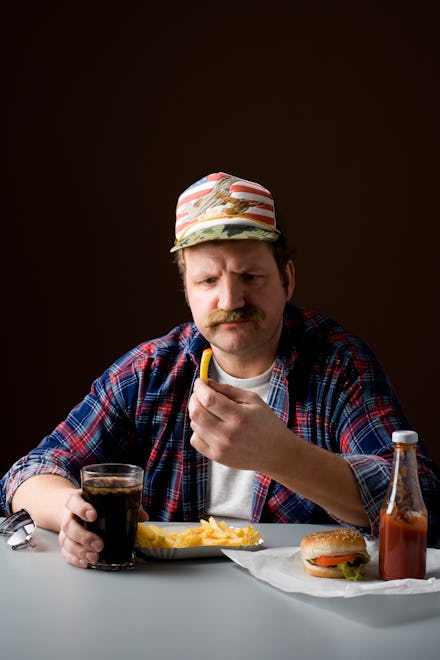Food Scanning Technology of the Future Can Tell You Exactly What You're Having for Lunch

The future of food science is upon us, and it is sweet — and sour and savory and possibly even umami.
New cutting-edge scanner technology being developed by companies like TellSpec, SCiO and Target could dramatically revolutionize the transparency of what we eat.
Smaller than a grain of rice, the scanners use the light refracted off an object to create a specific optical fingerprint, which is then matched to a library of recognized items. Scanners are also able to pick up on individual characteristics of a particular item, like how much vitamin C a given orange contains.
The observable data only gets more unbelievable from there. Researchers might soon be able to use the scanners to detect a whole host of data, including the presence of pesticides, whether a food contains dairy or gluten and nutrition and calorie information. According to the Washington Post, the technology could finally help to provide answer age-old questions such as, "Did they water down this beer?" and "Is it beef... or is it horsemeat?"
The scanners are a ways off from being cleared for commercial use, as they will require scientists to individually test each food item entered into the database. Still, companies such as Target are rising to the occasion. The retailer is pushing forward with the technology as of part its Food + Future coLab partnership with the Massachusetts Institute of Technology Media Lab and global design firm IDEO.
CoLab's Brent Overcash told the Washington Post that the use of scanners will boost accountability for food manufacturers. If a consumer knows exactly what a product contains, ingredients not fit for consumption won't end up in shopping baskets — or stomachs.
"This is the ultimate lie detector," Overcash said. "Strip away the branding, labeling and messaging: What is this thing?"
Read more: These Are the Foods That Will Make You Better in Bed, According to Science